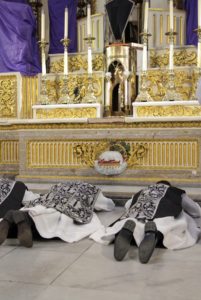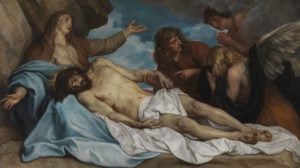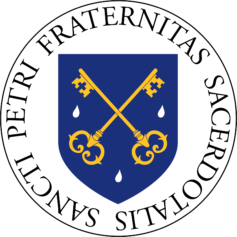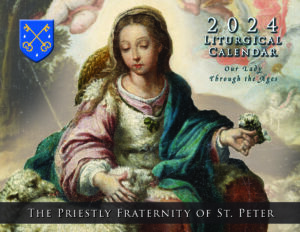Good Friday
What more ought I to have done for thee, that I have not done? I planted thee, indeed, My most beautiful vineyard: and thou hast become exceeding bitter to Me: for in My thirst thou gavest Me vinegar to drink: and with a lance thou hast pierced the side of thy Savior.
– the Third Reproach, sung during the Adoration of the Cross
Today is the most sorrowful and somber day of the year. On this day the Church recalls the Death of her Lord and Savior Jesus Christ, Who sacrificed Himself on the altar of the Cross for the sake of us sinners. It is difficult to know what to write or what to say on this day, but silent adoration is, perhaps, the most profound homage we can give to our crucified King, and the Church moreover guides us through the solemn hours of Good Friday by means of its beautiful liturgy.

Most parishes preface today’s ceremonies with the praying of the Stations of the Cross earlier in the day. The Solemn Afternoon Liturgy usually begins at 3pm, the hour of Our Lord’s Death, and is divided into four parts. The first features readings from the Old Testament foretelling the future Messiah, including the passage from Exodus containing instructions for the sacrifice of the Passover lamb before the Israelites’ flight from Egypt. The lamb is a clear figure of the future Paschal Lamb Who will be sacrificed for sinners, and Whose Blood will save us from God’s wrath. Having heard the first three Passion accounts earlier in Holy Week, we then listen to that of St. John, the lone Apostle to accompany Our Lord to the foot of the Cross and to witness today’s events.
The second part is the Great Intercessions, prayers of ancient origin that the priest and the people offer to God for all the needs of the Church and the world. The third part is the Adoration of the Cross; the statues and crucifixes in the church having been veiled since Passion Sunday, the crucifix is uncovered and adored in stages before being venerated by all present. The choir sings at this time the Improperia, the Reproaches, a series of piercing lamentations for the bitterness that God received from His people in return for His love and care for them. The video above shows the Adoration of the Cross and other moments from the pre-1955 Good Friday liturgy at Santissima Trinità dei Pellegrini, our parish in Rome, in 2018.
The fourth part is called, in the 1962 Missal, the Communion of the Priest and the People; in the pre-1955 Holy Week, it is called the Mass of the Presanctified. In both cases the Mass is not a Mass proper since it lacks a Consecration, the hosts for Communion being taken from those reserved from Holy Thursday. In the newer rubrics, both the priest and people receive; in the pre-1955, only the priest.

Of course, our minds, both limited in capacity and hampered by sin, inevitably have a hard time sounding the depths of these mysteries. The sorrow that we feel is always inadequate when we consider the scale of the tragedy, that mankind should kill its own God. Our gratitude falls flat when faced with the knowledge that Christ bore these sufferings to save us and to show us how much He loves us. How little we have to give, it seems! But the Mother of Sorrows is with us as we pray and meditate today. It was, in fact, as He hung upon the Cross that Christ gave her to us as our Mother, and St. John stood for all of us when he accepted her as his own. Let us ask this Mother, then, to allow us some part in her sorrow, and to fill us with an everlasting remembrance of everything her Son did for us. +
Follow all the liturgies of the Sacred Triduum on LiveMass, or on the streaming sites of the many FSSP apostolates live-broadcasting their ceremonies.
April 10, 2020








